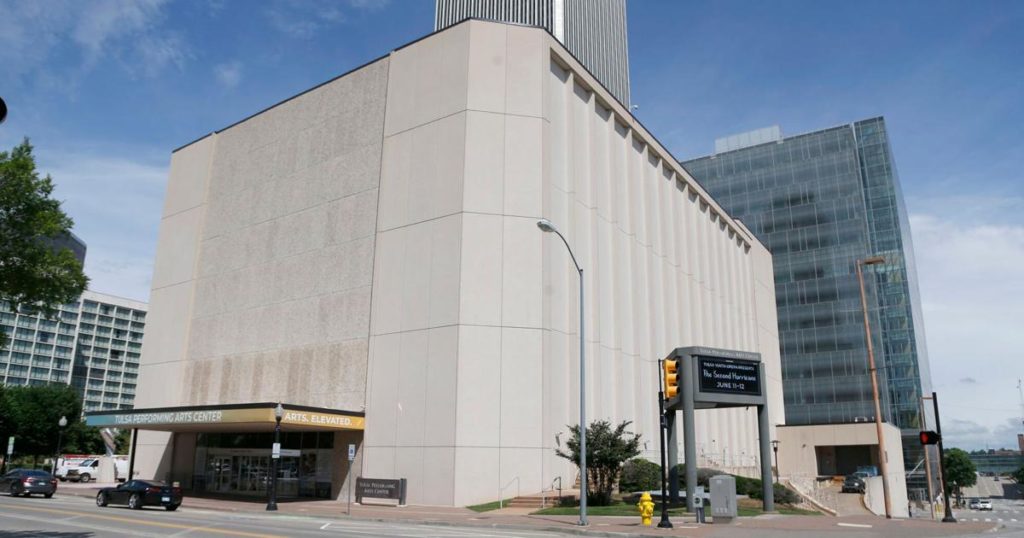[ad_1]
Inspired by his iconic design for New York’s World Trade Center, architect Minoru Yamasaki once envisioned a scaled-down version of the Twin Towers for downtown Tulsa and presented a cardboard model of the project in the early 1970s.
One 30-story building was going serve as the headquarters for the Williams Companies while the other would hold corporate offices for what was then still called the National Bank of Tulsa, the future Bank of Oklahoma.
Looking at the model, however, CEO John Williams picked up one building and stacked it atop the other to show Yamasaki how he wanted the project to look.
At least, that’s one version of the story.
In a 1973 interview with the Tulsa World, Yamasaki offered a less dramatic explanation of how the Williams Center evolved. And it related back to architect’s work in New York.
The original plans for the World Trade Center, unveiled in the early ’60s, included a low-rise building stretching 900 feet along the banks of the East River. But with astronomical prices for real estate in Lower Manhattan, the design proved to be financially out of reach.
People are also reading…
New York officials fired the original architects and hired Yamasaki to develop a new scheme, which became the world-famous 110-story towers that dominated the Manhattan skyline until they were destroyed by the 2001 terror attacks.
Likewise in Tulsa, Yamasaki wanted to make more efficient use of space. Why waste land on two medium-size buildings when one taller skyscraper would work just as well?
The final 52-story design, now known as the Bank of Oklahoma Tower, looks remarkably similar to a half-size version of the old World Trade Center. But when Williams decided to build only one tower, it raised the question of what to do with the second building’s construction site, which had already been cleared.
Part of the area became the Williams Green, a shady oasis with a scenic pond near Third Street and Boston Avenue. And in 1973, Williams and Tulsa philanthropist Leta Chapman offered a plan for the rest of the site: They would raise half the money to build a new Performing Arts Center if Tulsa voters would approve a $14 million bond issue for the other half.
It was an afterthought for land that had been intended for something else, but it offered the city a relatively inexpensive way to replace the aging Municipal Theater, which had opened in 1914 and was falling into disrepair.
Yamasaki’s blocky, windowless design for the PAC, conceived during the Oil Crisis, was meant to conserve energy while housing four theaters, a studio and a large reception hall in a compact package. But it’s not exactly what most people would call beautiful.
“I love Tulsa and I love this facility,” Mark Frie, CEO of the PAC, recently told the Tulsa World. “But to be honest, the Tulsa PAC does not look like a welcoming place.”
The Performing Arts Center opened March 19, 1977, with the Tulsa Philharmonic playing backup for jazz legend Ella Fitzgerald. Forty-five years later, it’s time for a major renovation or maybe even a whole new venue, Frie says.
The City Council recently approved $5.5 million for urgent repairs, but that can’t fix the real problem: Yamasaki’s design simply doesn’t satisfy modern needs.
The PAC, for example, has only one loading dock and one freight elevator for Broadway tours that can travel with 20 semi-trucks.
“The logistics are kind of a nightmare,” Frie says.
“If we don’t step up our game, I’m not sure how long we can continue to be the home for the performing arts.”
Tulsa stumbled into the chance to build the first PAC. The next one might not be so easy.
[ad_2]
Source link
